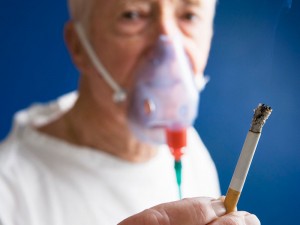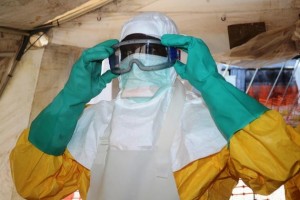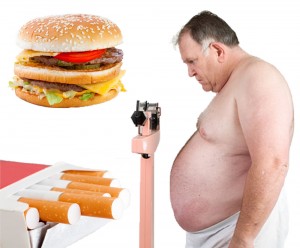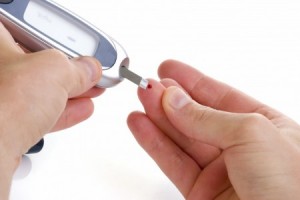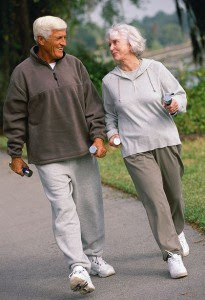 It’s never too late to start exercising. Exercise has benefits at any age.
It’s never too late to start exercising. Exercise has benefits at any age.
Don’t worry if you’ve never exercised, or if you stopped exercising for some reason. Being physically active can help you continue to do the things you enjoy and stay independent as you age. In addition, the right kind of regular exercise can reduce your chance of heart disease, diabetes, and falls.
An effective exercise program needs to be fun and keep you motivated. It helps to have a goal. Your goal might be:
- Manage a health condition
- Reduce stress
- Improve your stamina
- Be able to buy clothes in a smaller size
Your exercise program also may be a way for you to socialize. Taking exercise classes or exercising with a friend are both good ways to be social.
You may have a hard time starting an exercise routine. Once you do start, though, you will begin to notice the benefits, including improved sleep and self-esteem.
Exercise and physical activity can also:
- Improve or maintain your strength and fitness
- Make it easier to do the things you want to do
- Help your balance and walking
- Help with feelings of depression or anxiety and improve your mood
- Maintain your thinking skills (cognitive function) as you get older
- Prevent or treat diseases such as diabetes, heart disease, high blood pressure, breast and colon cancer, and osteoporosis
Always talk to your health care provider before starting an exercise program.

